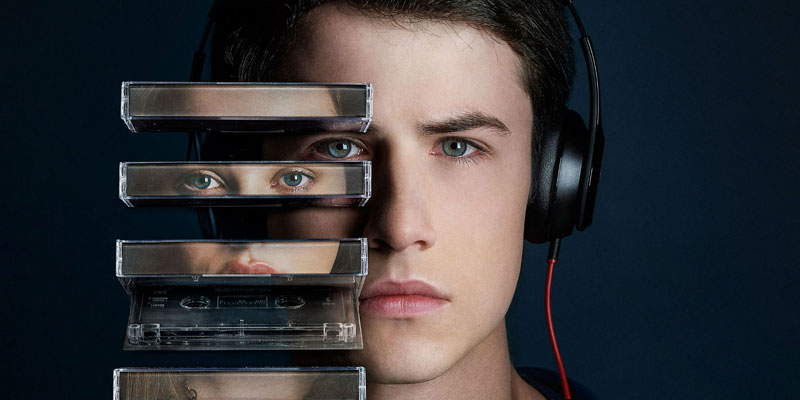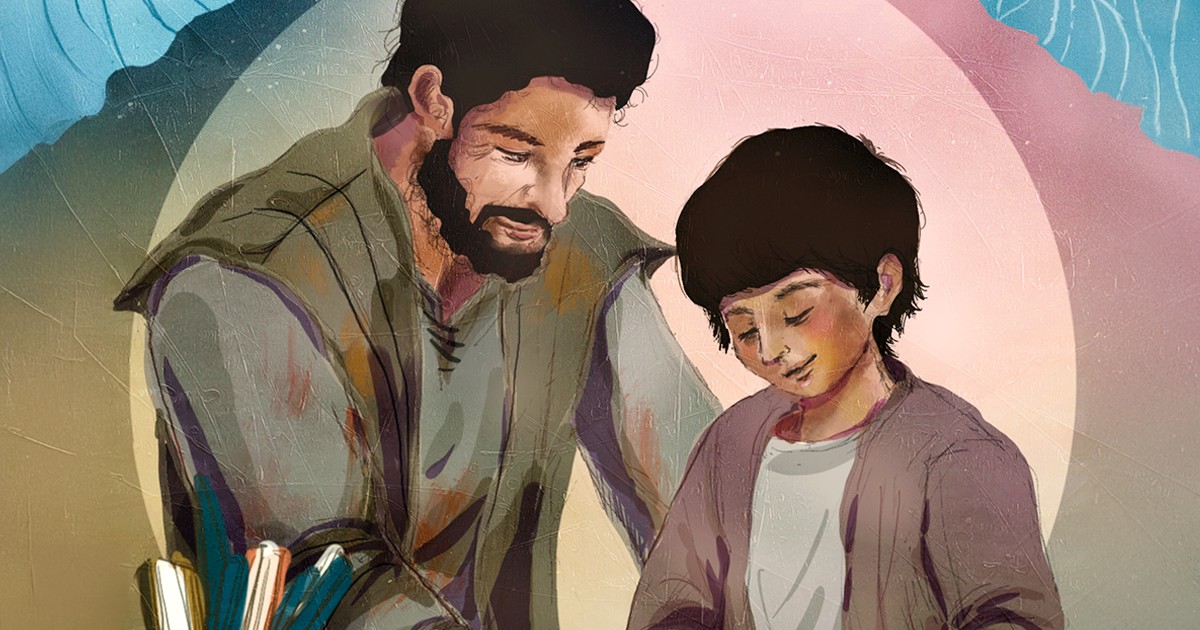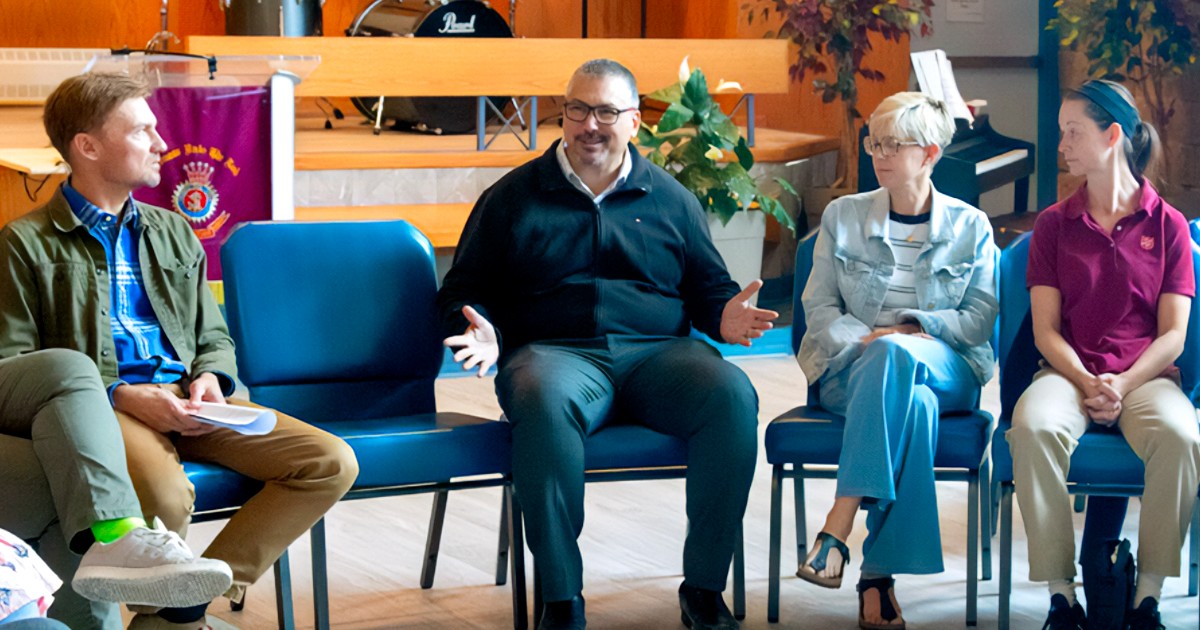“Hey, it’s Hannah.” With these simple words, millions of people around the world have been introduced to 13 Reasons Why, one of the most polarizing TV shows to ever hit the small screen. It’s polarizing because of how it portrays teen suicide.
The show begins when high school student Clay Jensen receives a mysterious package. Inside, he finds seven double-sided cassette tapes used by his classmate, Hannah Baker, to record her reasons for ending her life. Each reason focuses on a person, and Hannah has left instructions that they are to listen to the tapes and then pass them on to the next person. The show is split between the past, showing us what Hannah is describing on the tapes, and the present, as Clay listens to the tapes and works through the effects of Hannah’s decision.
Some have argued that the series could be a trigger for young people already struggling with depression, because it “presents suicide as a logical solution,” as Time magazine reported. But I think this misses the point. The intent is not to highlight the fact that Hannah killed herself. Nor is it meant to shine a positive light on this decision. No, 13 Reasons Why is much more than that. Look no further than the title itself. It’s not entitled 13 Reasons How. In fact, the show spends little of its almost 13 hours on the act itself. It’s about why Hannah killed herself.
For those who haven’t seen the show, the reasons behind Hannah’s suicide include [spoilers ahead] multiple untrue rumours, a callous “hot or not” list in school, losing a best friend, rape, and unhelpful advice from a guidance counsellor. Taken together, these “reasons” lead Hannah to take her own life.
There is no arguing that the show portrays Hannah’s act of suicide in graphic detail. I couldn’t watch the entire act unfold, but I was struck by the pain and agony on Hannah’s face as she went through with her decision. There was no glory. There was no sense of victory. There was only sadness. Sadness because in that moment, Hannah felt so alone. Sadness that such a promising life came to an end.
This is the true purpose of 13 Reasons Why. It’s not intended to be a how-to guide for teenagers looking for a way out, nor does it show suicide as a positive decision. Instead, it shines a light on how torturous high school can be. The consensus I’ve heard from teenagers is that it’s a fairly accurate portrayal.
This show is acted by teens, for teens. It tells teenagers that they’re not alone, that others deal with the same things they do. It also serves as a wake-up call to parents. Too often, we hear about these awful tragedies in the news, and the common thread is a desperate cry from parents wanting to know why. Well, parents, this show is also for us.
For me, the most significant reason is that Hannah felt alone. Yet as viewers, we see what she didn’t—that she was loved and missed. The flashback scenes, when Hannah is alive, are in colour. But scenes in the present, as Clay listens to the tapes, are dull grey, now that such a bright light is gone.
Hannah didn’t know she was loved. That’s where we have an opportunity. Make sure your teens feel loved and cared for, and able to share what is going on in their lives. Give them a reason not to make the same decision as Hannah.
As a parent, consider watching and discussing 13 Reasons Why with your teenager. It won’t be easy. What might be hardest is when you realize how often your teen agrees with the show, or points out something they’ve actually experienced or know someone who has. The conversations that arise won’t be easy, but they will be worthwhile.
Lieutenant Ian Robinson is the corps officer at Bracebridge Community Church, Ont.
Photos: Courtesy of July Moon Productions










Comment
On Monday, June 26, 2017, Carley Steen said:
On Monday, June 12, 2017, Jenelle Durdle said:
Leave a Comment